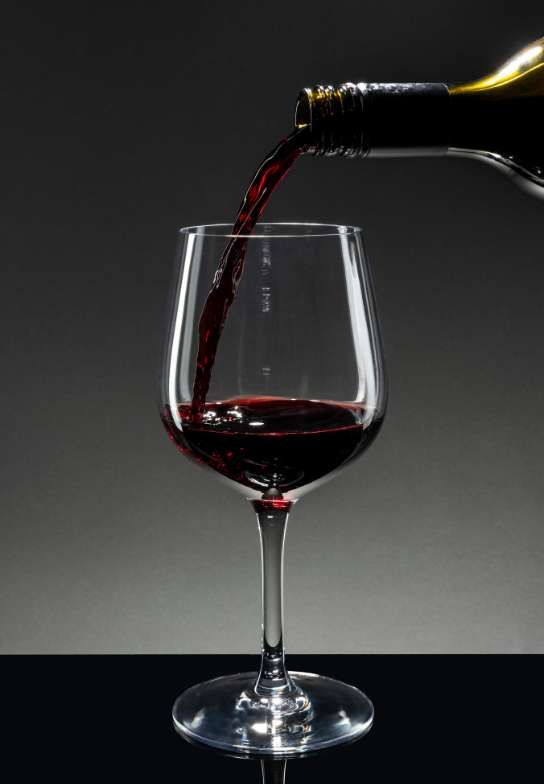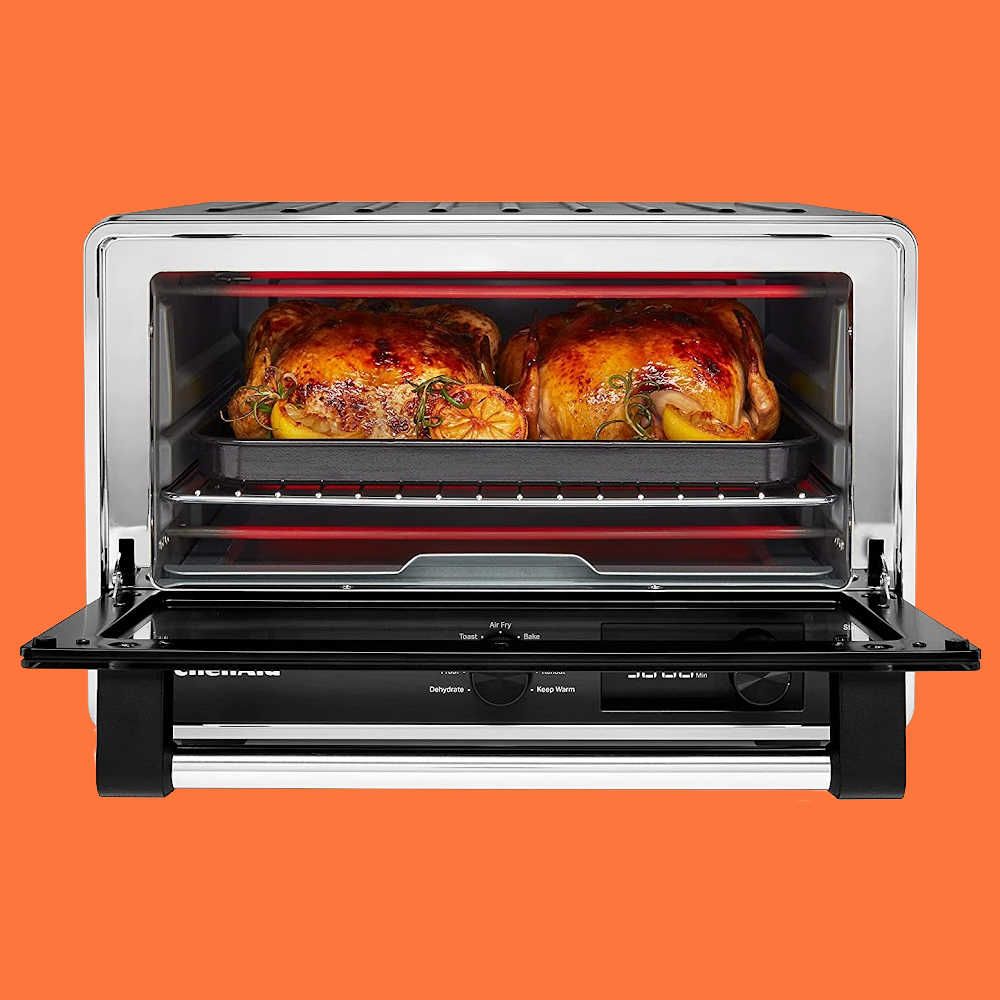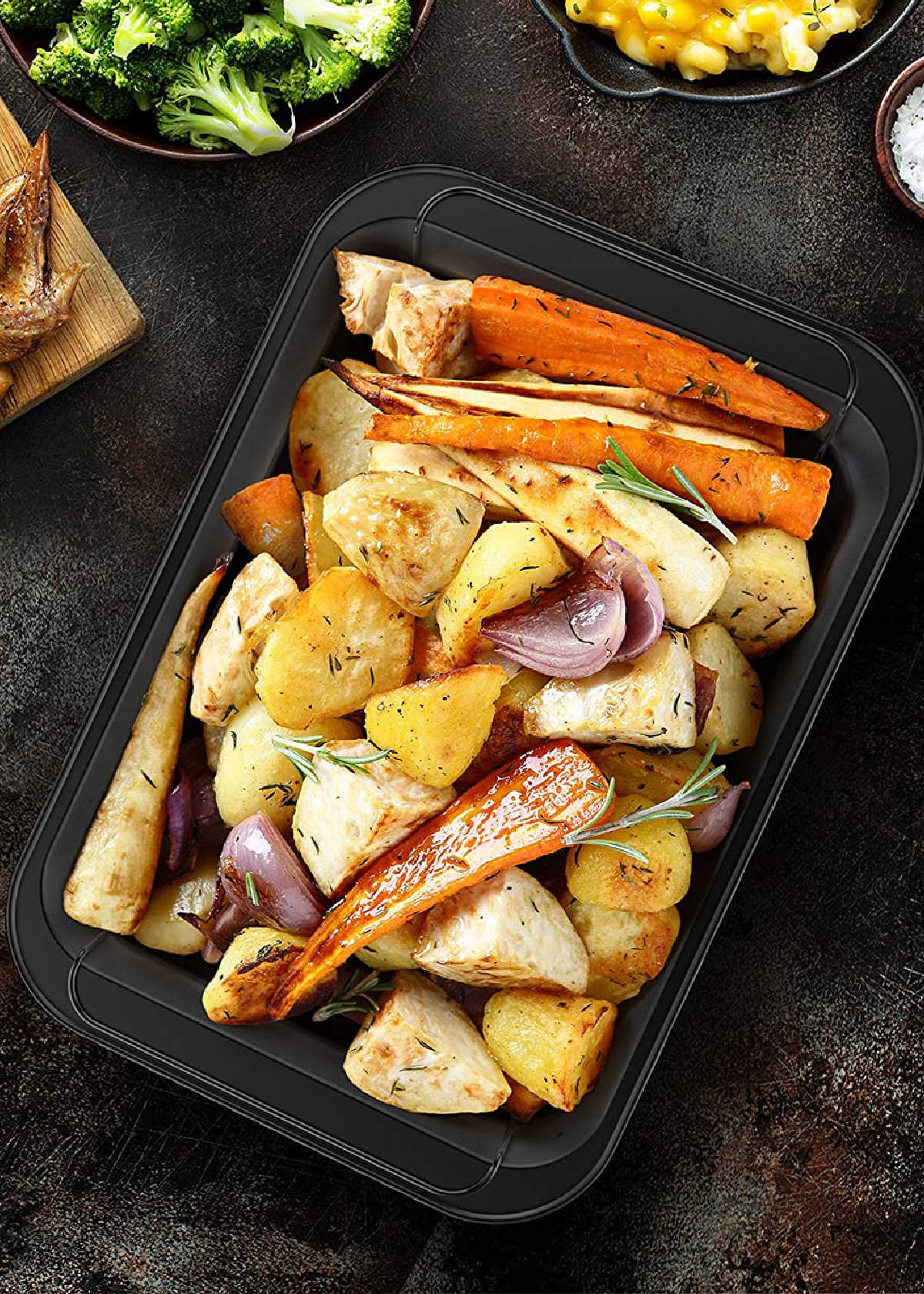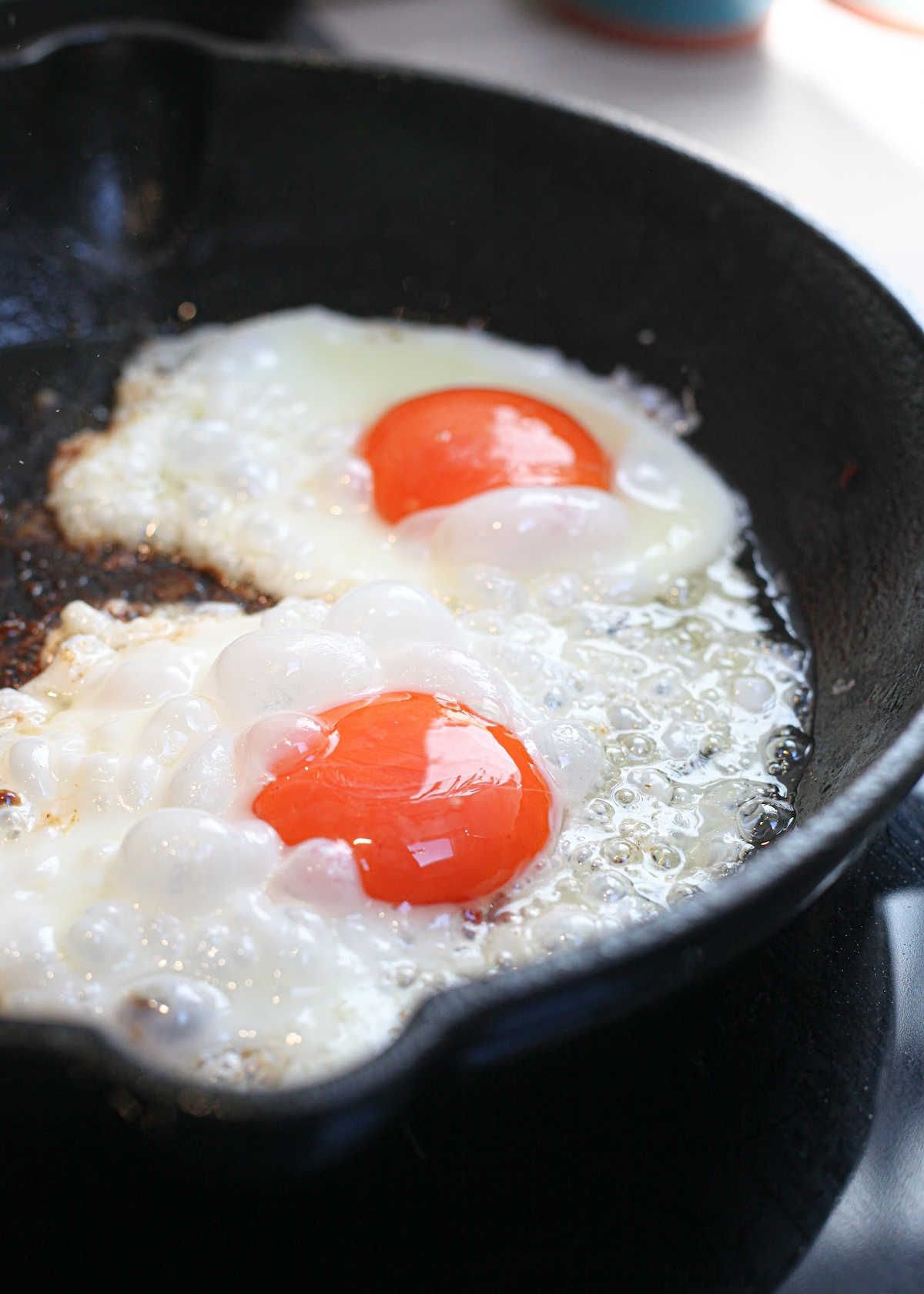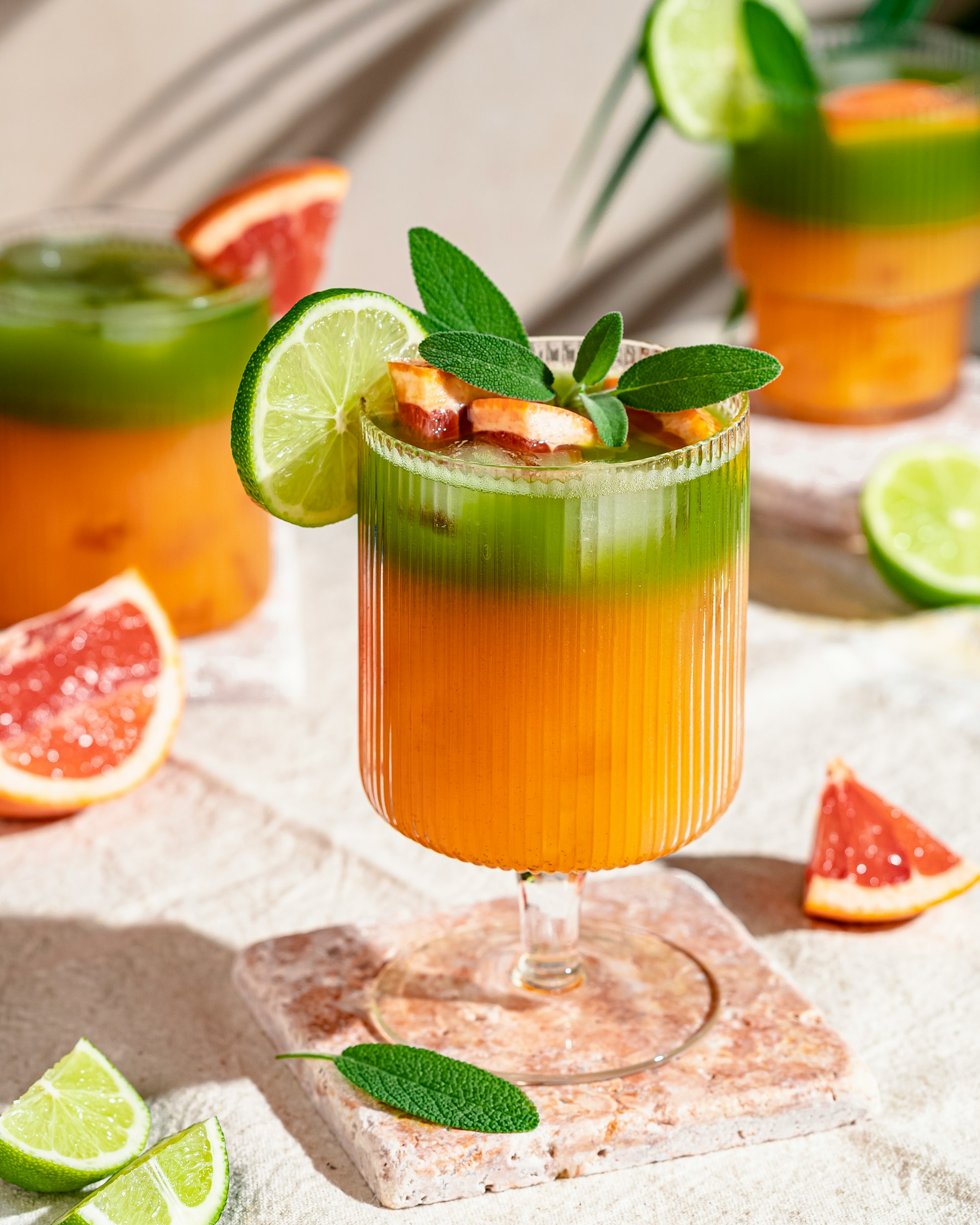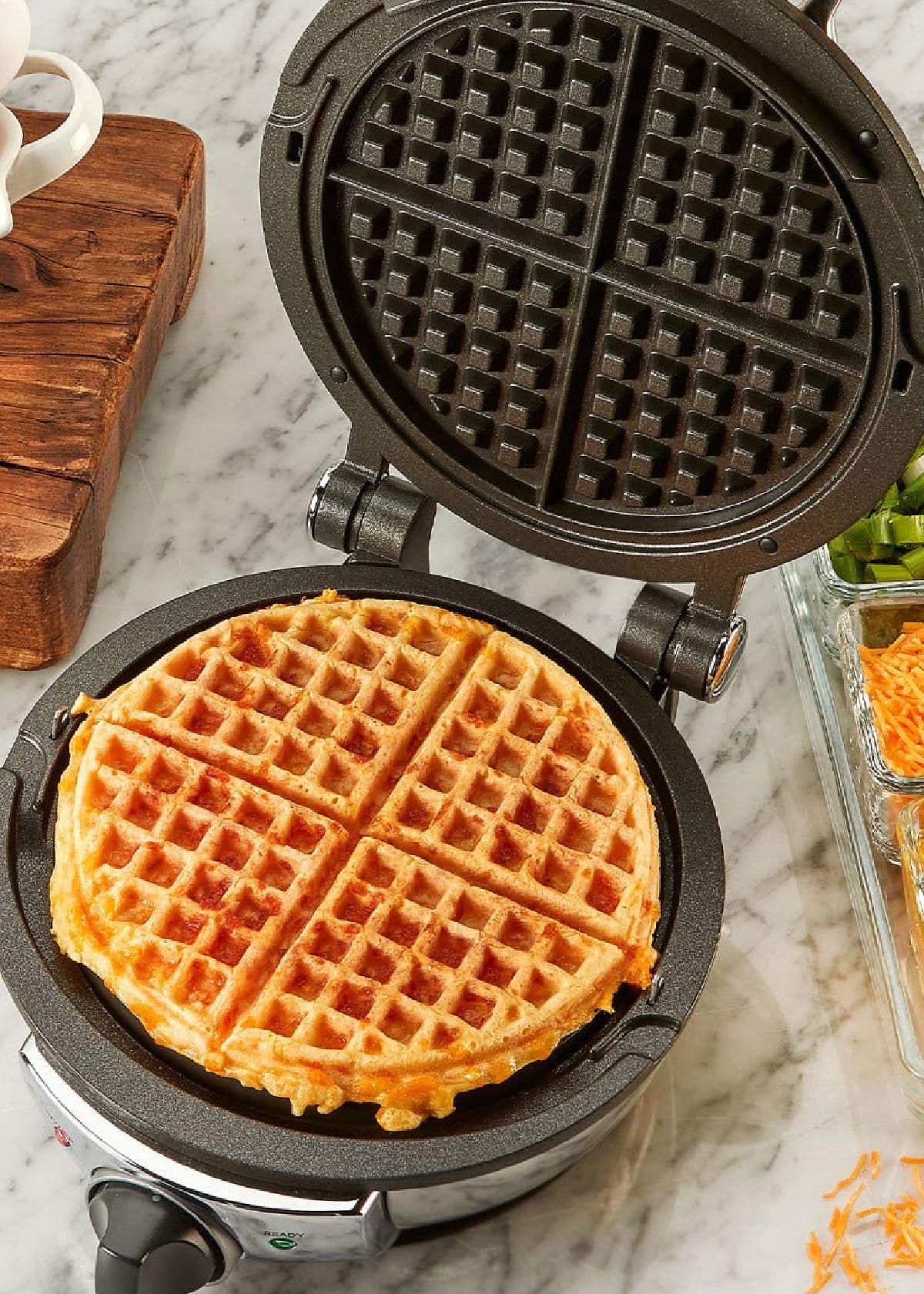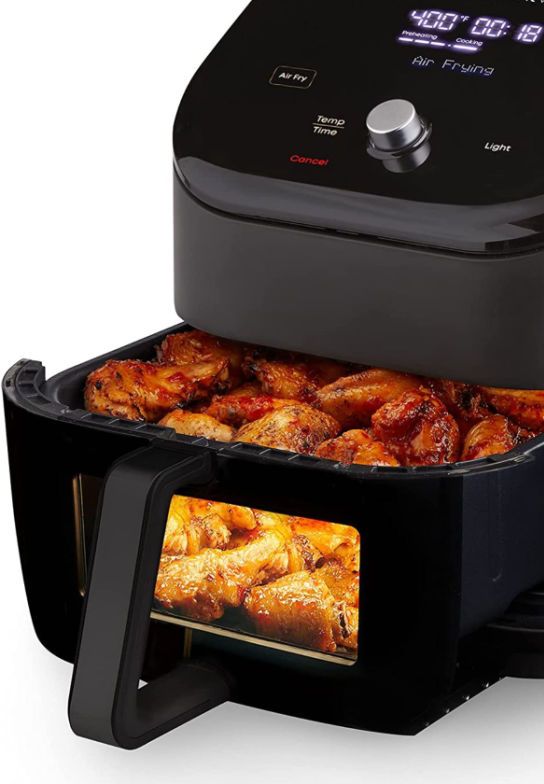Content Summary
Serving and drinking a white wine, red wine, dessert wine or sparkling wine can be the highlight of an evening. But nothing ruins a nice evening like taking a sip of wine and discovering it has gone bad.
Whether it is the result of improper storage, a dysfunctional wine cellar or wine refrigerator, or simply opening a bottle past its prime: getting to know how to tell if wine is bad can save you from drinking spoiled wine.
We will tackle the signs to detect bad wine, help you determine if the wine has gone bad. You'll then know how long it takes for wine to get spoiled and how long wine lasts once opened is essential in maintaining its quality.


Remember to examine these 5 elements: appearance, color, cork, smell, and taste of the wine are the best ways to determine if your wine is safe to drink. Experienced wine drinkers always check these elements before they will take a sip.
Read on for details about how to recognize wine faults and how to prevent faulty wine.



5 Signs Of Spoiled Wine
The following elements are in sequence. Appearance and Color can be checked with an unopened wine bottle. After opening, you check the cork, smell and taste.
1. The Appearance
The first sign of a potentially serious wine fault is its appearance.
- If the wine is cloudy or has visible sediments, this may be a sign of spoilage.
- If the wine develops (tiny) bubbles or has thick clumps of sediment in it, then the wine is most likely bad.
- Crystals or grains in the wine are not necessarily harmful, but they may give any fine wine a bad taste.
2. The Color
Another way to check if your wine is in good condition is its color.
- White wines tend to darken over time, while red wines become more brownish or rusty.
- Wine should also have a consistent color and should not appear brownish, which could indicate oxidation.
- If it's too dark or too brownish, it could mean the wine has been exposed to sunlight or heat, which can affect the taste and quality of the wine.
3. The Cork
For those who have any doubts, there is nothing wrong with corked wine. However, the cork can tell you a lot about the condition of the wine inside.
- Before you unscrew the cork, look at its condition. If the cork has pushed up or there are spills around the edges, it could mean that the wine has oxidized.
- After you unscrew the cork, check for cork taint, or if the cork is wet or moldy, may indicate that the wine has been exposed to oxygen, and it could be bad. Also, check for any signs of leakage.


4. The Smell
A wine's smell can give a clue as to whether it is spoiled.
- It's crucial to understand that different types of wine have different smells or no smell, so it's important to know the typical aroma of the wine you're checking.
- If the wine has a musty or moldy odor, it could indicate that the wine has been corked, which means it has been contaminated by a tainted cork or damp soil.
- A vinegary smell may indicate the presence of acetic acid bacteria. The scent of vinegar, a surefire sign of bacterial contamination, is a dead giveaway.
5. The Taste
When a wine has turned bad, your taste buds will revolt: the wine just tastes off. Signs of spoilage can include undesirable flavors, acidic like vinegar, mustiness, or mold.
- If the wine tastes of cooked fruit or sherry-like, it may indicate that it has been oxidized.
- If the wine tastes sharp or metallic, it has probably been exposed to too much air, it's become oxidized wine and not suitable for drinking.
- If the wine tastes like sour vinegar, it means it has spoiled caused by lactic acid bacteria, and shouldn't be consumed.
- If your wine has a different, unpleasant taste or flavor, it's best to discard it.

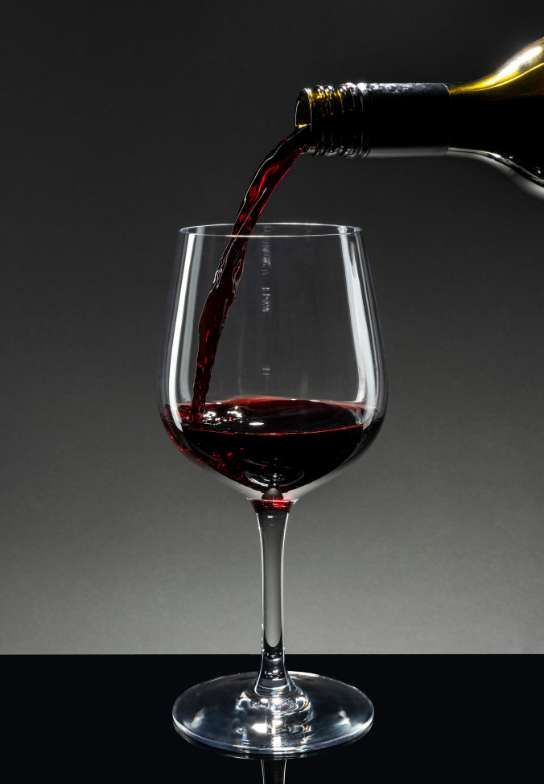
The Wine Age
1. Storing Conditions
Wine has a shelf life, it changes over time, and with its taste and quality. Aging wine is a complex process, so if you're not an expert or don't know how to properly store wines, it's best to avoid keeping them for too long.
- White wines generally should be consumed within 2-3 years after their vintage date.
- Red wines can last for 4-5 years after their vintage date, depending on the type.
- Cooking wines are made from grapes that have already been fermented and can last for up to 2 years before they start to spoil.
- Fine wines, such as Bordeaux or Burgundy, can last for 6-8 years or decades if stored properly.
- Dessert wines, such as Port, Sherry and Madeira, need to be treated as regular wines. The humidity level should be around 70%.
Some wines can be kept for decades, but most wines deteriorate over time and are best consumed within a few years of bottling. It is important to check the vintage date on the bottle before using it to ensure has not passed its prime and gone bad.
2. Consuming Conditions
It's essential to know how long wine lasts once opened.
- Red wines can last for up to 3 days after opening if stored in the refrigerator.
- White wines last for up to 5 days after opening.
Tip: use a vacuum stopper. They help maintain the wine quality.
However, if you store your wine improperly, it could affect its condition, and it could spoil faster. Learn more about wine fridge temperatures and our guides on white wine temperatures as well as red wine temperatures in order to store your wine collection properly.


Tips & Tricks
Aging wine can improve the wine taste, but improper storage can lead to spoilage. No one should ever be drinking bad wine. A wine collection needs tender loving care. Proper wine storage is key to maintaining the wine's quality and drink-ability.
- If you're uncertain about the condition of your wine, it's best to discard it. The appearance and color of wine in an unopened bottle both tell a story about its condition. When in doubt, always consult a wine connoisseur.
- Store your wines in a cool, dark, and dry place, away from light and heat, to preserve their quality and avoid spoilage.
- Check the vintage date on bottles before consuming them to ensure they haven't gone bad.
- Storing wine bottles vertically may cause the cork to dry out and even shrink a little. This may cause air to enter and result in oxidized wine. Storing them horizontally will keep the cork from drying out and shrinking.
- Once opened, wine should be refrigerated and sealed with a wine (vacuum) stopper or an airtight lid.
- Some wines need to be decanted before serving. Other wines, including some vintage dessert wines, need to be finished once the bottle has been opened.
- Invest in a wine cooler/ wine fridge to store your bottles properly and maintain the quality of your wines.
Looking for a high-quality wine cooler? Take a look at our comprehensive article where we review premium large capacity wine coolers that can assist you in storing your wines like a pro.

Wine can make a great addition to any meal or gathering. Knowing how to tell if wine is bad can help you avoid unpleasant surprises, while proper storage can help you maintain its quality.
We hope these tips and tricks will help you enjoy your wine for longer and have a great time with your loved ones and friends. Cheers!
Catchy Finds

